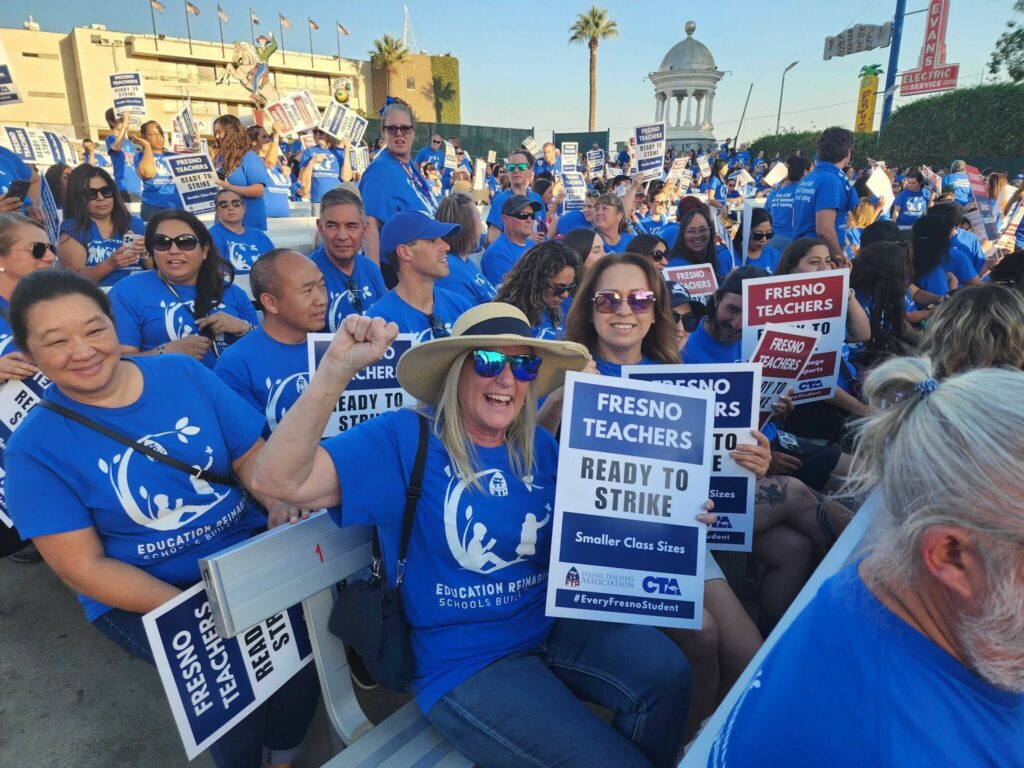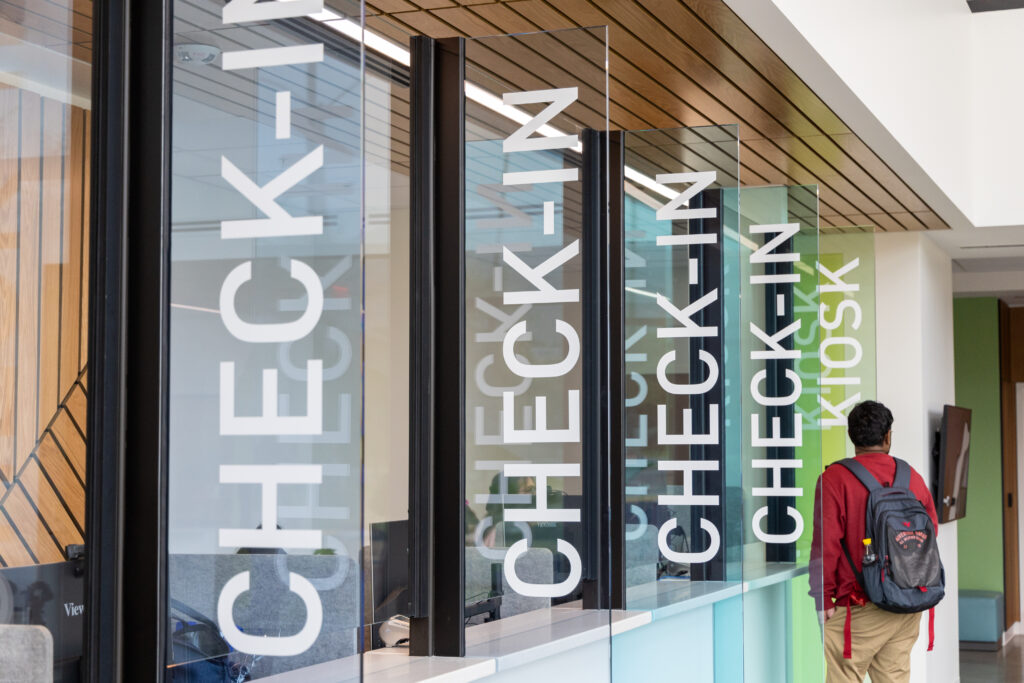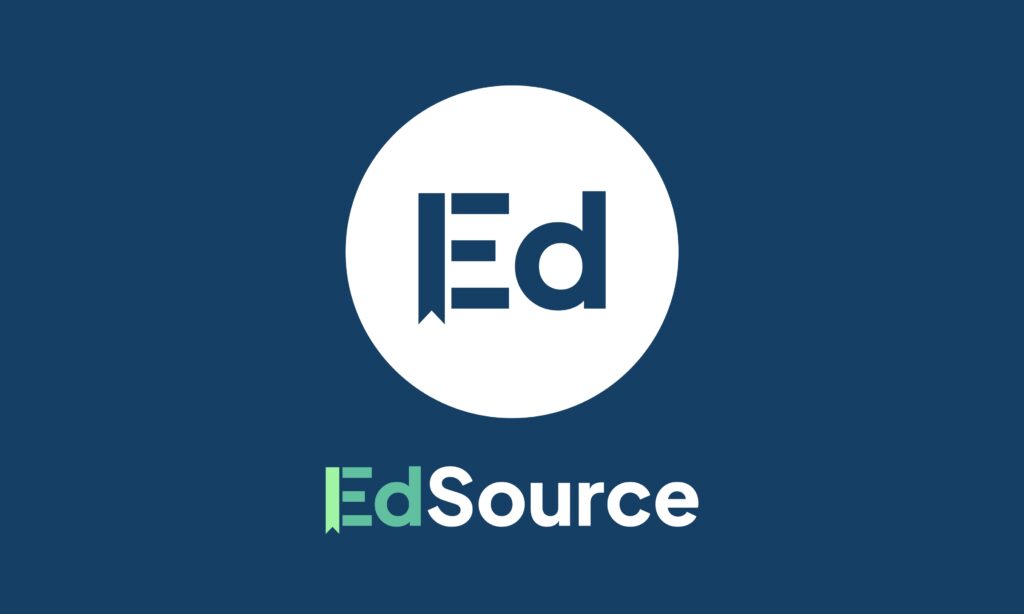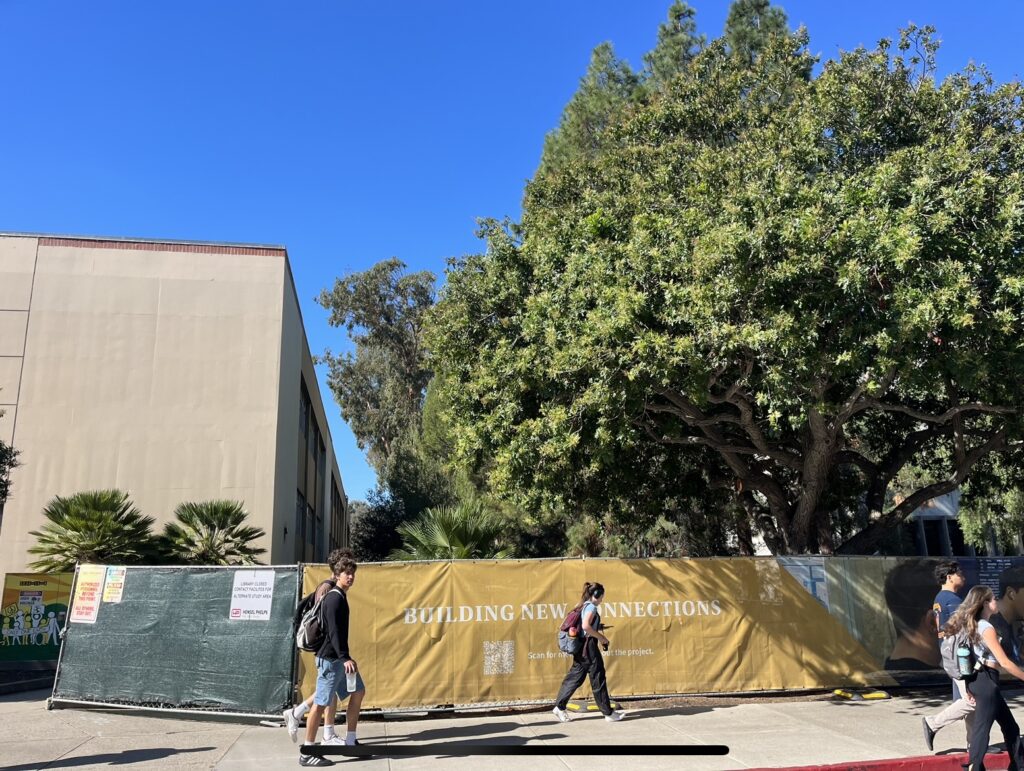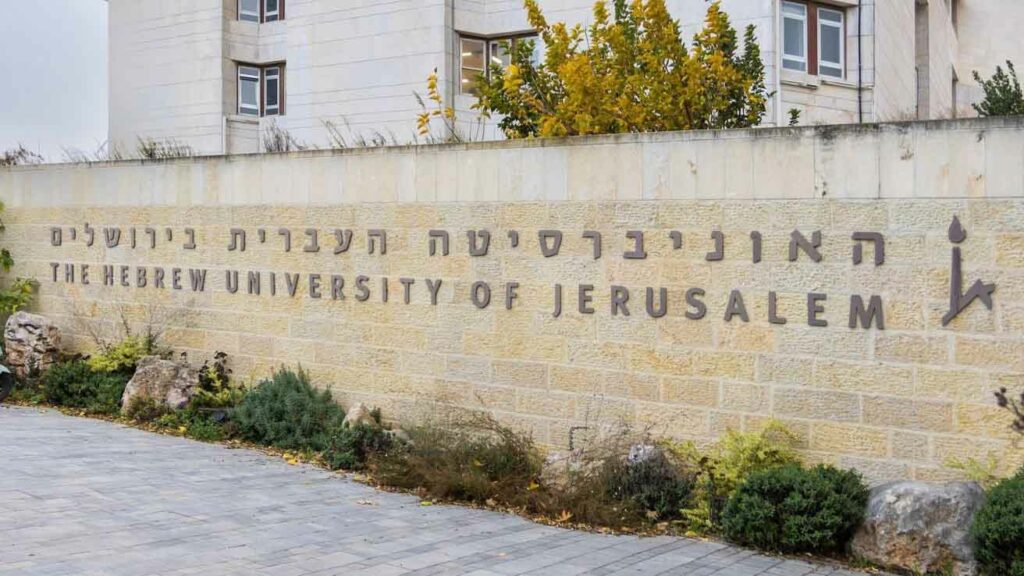
Thousands of Fresno Unified educators – a part of the Fresno Teachers Association – started voting on whether to strike during an Oct. 18 rally.
Credit: California Teachers Association / X
Thousands of educators in Fresno Unified have voted to strike, the Fresno Teachers Association announced Tuesday morning.
From last Wednesday to Monday, more than 4,000 FTA members had the opportunity to cast their votes on whether to strike. Nearly 3,700 voted with 93.5%, or over 3,400 educators, voting yes.
Teachers union President Manuel Bonilla said the vote sends a clear message: “We have a mandate, and we are willing to strike.”
“Our teachers are tired,” he said. “Tired of the empty promises, the nonsense slogans, the highly paid administrators paying lip service to solving real issues on our campuses.”
After more than a year of negotiations, four key issues have emerged, Bonilla said: reducing class size, reducing the caseload for special education teachers, paying educators a wage that keeps pace with inflation and maintaining the employee health fund.
If Fresno Unified School District and the teachers union can’t agree by next week, starting Nov. 1, teachers will strike and form picket lines in front of the district’s 100-plus campuses and district office.

Besides initiating the strike on Nov. 1, educators plan to be at district schools this Friday to inform parents about the four issues and provide information about the strike.
The district, according to a Tuesday afternoon statement, are prepared for a strike.
“Fresno Unified reassures its families, students, and staff that we are prepared to keep our schools open, safe, and full of learning during an active teacher strike,” the statement said.
Can a strike be averted in the face of mutual disrespect?
Even though the last teachers strike was in 1978, Fresno Unified and the teachers union have been on the brink a few other times. In 2017, teachers voted to strike, but a third party stepped in and negotiated a compromise.
This time, even a week ahead of a strike, Bonilla said the union is ready “at any moment to come to the table and reach a fair contract.”
“As we prepare for a potential strike, we are always willing to be at the table,” Bonilla said. “A strike can be averted.”
Fresno Unified and FTA leaders were in negotiations Tuesday afternoon, according to district spokesperson Nikki Henry.
And that dialogue will continue, Fresno Unified’s statement said, because “we support our staff, our families, and our students while remaining fully committed to a mutual agreement.”
Fresno Unified’s latest proposal includes 19% pay increases over the next three years, expanded medical benefits for the rest of employees’ lives and changes to class size overages.
“Fresno Unified stands proud of the updated offer we have made to the FTA which includes raising the average teacher’s base salary to $103,000 annually, provides affordable, high-quality medical coverage for life, and continues moving towards lowering class sizes,” the district’s statement says.
The teachers union rejected the proposal because the offer does not raise teachers’ pay enough to keep pace with inflation and cost-of-living increases, doesn’t reduce class size and still comes with a cut to the district’s health care fund contribution.
“During the course of negotiations, it has become abundantly clear that Superintendent Nelson is disconnected from the realities of the classroom, out of sync with our district’s needs,” Bonilla said, “and now, he’s out of time.”
The district’s revised proposal came after daily negotiations with the union, from the Oct. 5 release of a fact finder’s report until Oct. 13, Superintendent Bob Nelson said.
Much of what’s in the district’s latest proposal was recommended in the report, including creating a problem-solving team to focus on issues, ways to increase pay, expanded medical benefits for employees working in the district for 20 years and the union-district contract becoming a “living document.”
But there were so many unresolved items ahead of the fact-finding process in early September that Don Raczka, author of the fact-finding report, said it was as if the district and union had not bargained in the year prior.
In a matter of days, Raczka said, he witnessed both the district and union be “disrespectful” and exhibit behaviors that are detrimental to establishing trust.
Ultimately, the report, shared publicly on Oct. 16, focused on salary, benefits and class size, three of the four areas that the district and union remain deadlocked on.
What happens during a strike?
If teachers strike on Nov. 1, Fresno Unified will keep schools open. But many programs and services may suffer.
School transportation and before-and-after-school care will continue during a strike, but all Fresno Unified events — including camps, field trips, community meetings, tournaments and access to health centers — outside of regular school and after-school hours, will be canceled, according to a document shared with families and posted on the district website. The only exception will be high school sports practices and competitions, which will be supervised by administrators and hired security.
Students’ individualized education plan schedules must be adjusted.
The district also has made plans to ensure that dozens of medically fragile students have uninterrupted access to services.
As part of a $3 million allocation, the district will pay $451,000 for student health care services as needed because nurses could also strike as members of the union, which represents over 4,000 teachers, nurses, social workers and other professionals. The allocation will also fund curriculum, security and substitute teacher hiring and orientation, not including their daily pay.
According to Fresno Unified, the district will pay substitute teachers $500 a day if the strike happens. It has over 2,100 subs who are credentialed, qualified, fingerprinted and have completed background checks. But because that isn’t enough to cover the 3,400 union members who voted to strike, the district also plans to put district personnel in the classrooms.
Bonilla referred to the substitute teachers as babysitters who would hand out packets of work — $2 million worth of curriculum materials, which was part of the $3 million the district allocated to prepare for the strike.
“That is not quality education,” he said.
Parents, he said, must choose between sending their children to school during a strike with “a random babysitter” or keeping their kids home — which would bring the strike to a quick end.
However, students who miss school during the strike will not receive academic or attendance credit, and the absence will not be excused, according to Fresno Unified.
Despite the district’s reassurance that learning will take place, Bonilla said education won’t be happening during a strike.
“Teachers are making a sacrifice – in this case, they won’t be compensated for those days,” Bonilla said. “They’re making a sacrifice on behalf of their students in this community…”
